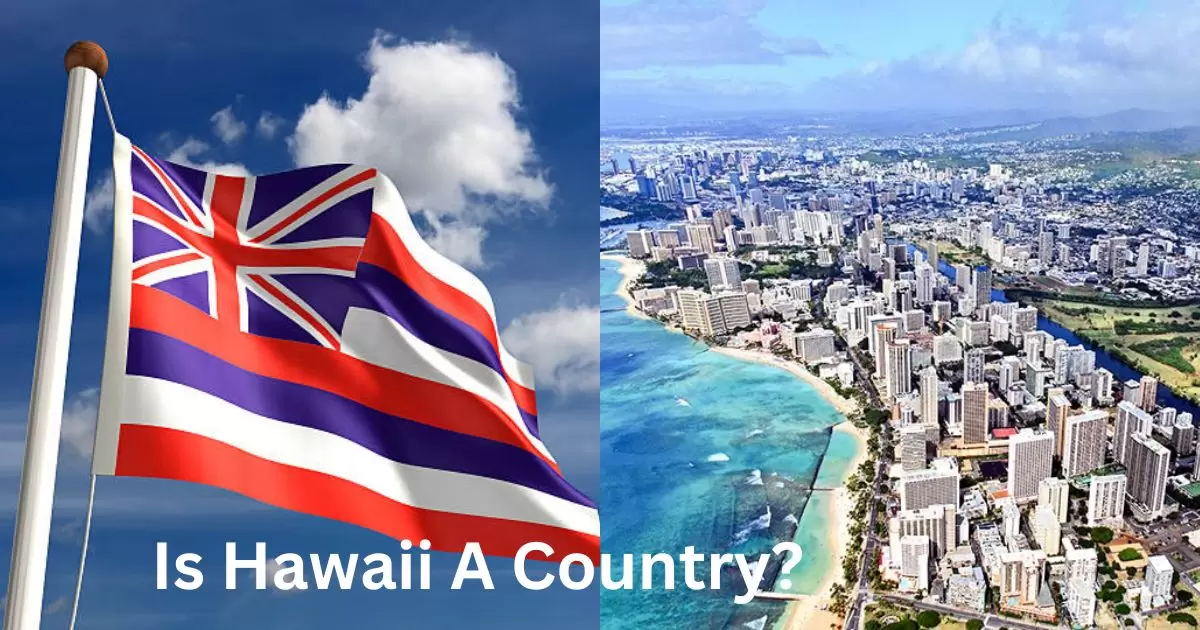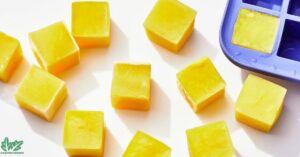Many people visiting the remote and exotic Hawaiian Islands assume they are entering a foreign tropical country. However, Hawaii is, in fact, a rather unconventional state within the United States of America. How did this isolated volcanic island chain in the North Pacific become the 50th state? And what makes Hawaii stand apart culturally and geographically from the continental USA? Let’s break down Hawaii’s complex history and geography to get to the bottom of its true political status.
Important facts about Hawaii

| Capital: Honolulu Population: 1,455,271 Coordinates: 19.8968° N, 155.5828° W Languages: Hawaiian, English Number of Islands: 137 Time Zone: UTC – 10.00 |
Hawaii is made up of over 100 islands. The main islands are Hawaii, Maui, Oahu, Kauai, and Molokai. Hawaii has volcanoes like Mauna Loa and Kilauea. They shaped the landscape with lava flows. Hawaii has rainforests, beaches, and deserts.
Hawaii has mild weather all year long. Temperatures stay warm with low humidity. Hawaii is known for activities like surfing, swimming, and hiking, as well as its vineyards. Hawaii became a US state in 1959. Before this, it was a kingdom and a republic.
Hawaii has a unique culture that blends Pacific and American influences. Hawaiian culture is seen in hula dancing, music, and cuisine. Popular Hawaiian foods include shaved ice, spam musubi, and loco moco. Many Hawaii residents have Asian or Pacific Islander ancestry.
Over a million tourists visit Hawaii each year. They come to enjoy the beaches, nature and tropical climate. Tourism is a major part of Hawaii’s economy. Many visitors return to Hawaii again and again to relax.
The islands of Hawaii
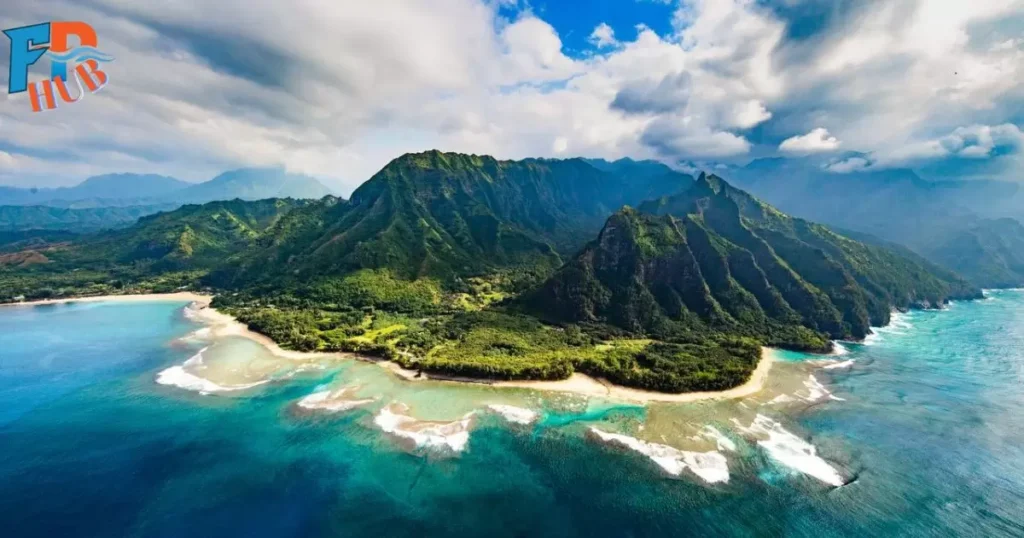
The Hawaiian Islands are located in the central Pacific Ocean, about 2,500 miles from North America. There are a total of eight main islands that make up the island chain – the five most populated and well-known being Hawai’i, Maui, O’ahu, Kaua’i and Moloka’i.
Each island has a unique landscape with tropical beaches, rainforests, volcanic mountains, and deserts. The islands were formed by volcanic activity over millions of years, with Hawai’i Island being the youngest and still considered geologically active.
Mauna Loa and Kilauea volcanoes on Hawaii Island have been continuously erupting for hundreds of thousands of years, constantly changing the island’s surface.
The climate of the Hawaiian Islands is tropical and mild all year round due to the moderating effect of the nearby ocean. Average daytime temperatures range from around 80°F along the coasts to 60°F in mountainous regions and areas with higher elevations.
Unlike most places at these southerly latitudes, temperatures do not fluctuate very much throughout the year. Also, the islands receive ample rainfall spread evenly through the mild winters and warm, drier summers.
Each island has varying amounts of annual precipitation depending on their elevations and exposures to the trade winds, but levels average between 20-30 inches per year.
How was Hawaii formed?

The Hawaiian Islands were formed as a result of volcanic activity over tens of millions of years. The islands are actually part of a hotspot volcano system, which involves volcanic plumes rising from deep within the Earth’s mantle.
As the Pacific tectonic plate moves slowly to the northwest over the hotspot, an underwater volcanic mountain is built from the eruptions and lava flows originating from the hotspot. Over millions of years, the volcanoes grow taller until eventually emerging above sea level as islands.
The oldest exposed rocks in Hawaii are located on the island of Kauai and date back approximately 5.1 million years. The Hawaiian Islands are still actively growing taller from continued eruptions from the Hawaii hotspot.
The volcanoes that form the islands are shield volcanoes, which erupt very fluid, low-viscosity lava to form broad, gently sloping volcanic cones and sheets rather than steep slopes. Younger islands are closer to the hotspot, so the island of Hawaii, located at the southern end of the chain, is currently the site of active volcanism from Kilauea and Mauna Loa volcanoes.
As the Pacific plate continues moving over the hotspot, new seamounts and eventually new islands will likely be added to the northern end of the island chain over millions of years in the future.
So is Hawaii a country?
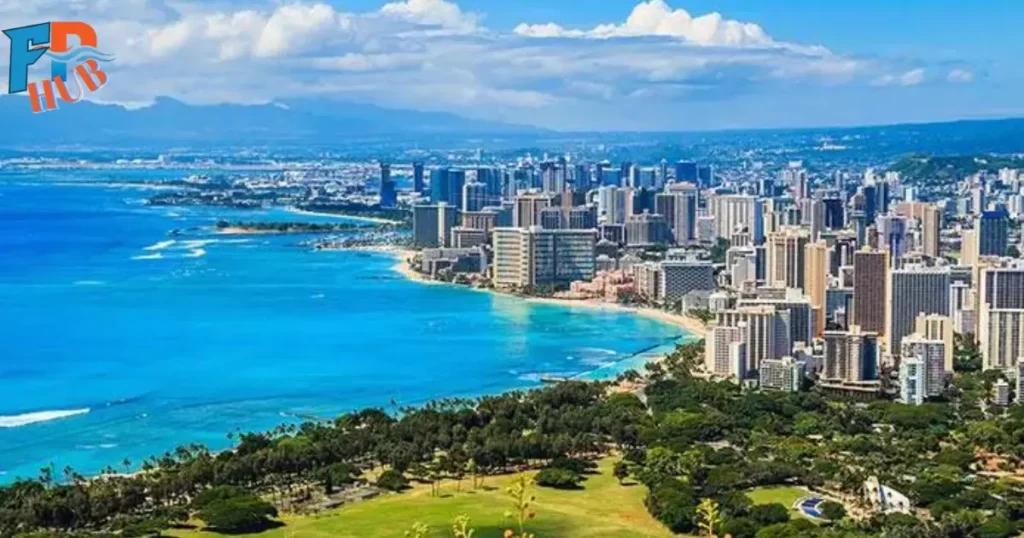
No, Hawaii is not an independent country but rather a state of the United States of America. Hawaii became the 50th U.S. state on August 21, 1959, after being an independent country and then a U.S. territory.
However, native Hawaiians maintain they were never properly annexed by the U.S. despite a treaty and congressional resolution. Prior to Western contact in 1778, Hawaii was ruled as the Kingdom of Hawaii for over 100 years by a series of alii, or high chiefs.
For a brief period in 1894, Hawaiian nationalists overthrew the Hawaiian Kingdom and established the Republic of Hawaii. However, the U.S. military soon annexed Hawaii by joint resolution, resulting in Hawaii becoming a U.S. territory in 1900.
After nearly 60 years as a territory, Hawaii voted for statehood and formally joined the United States in 1959. Despite being a state, Hawaii still retains a unique culture and history that differentiates it from the other states. The islands have substantial native Hawaiian and Asian populations and are over 2,500 miles from the U.S. mainland.
Some native Hawaiians still consider themselves to be the kanaka maoli, or real/original people, of the Hawaiian Islands and hope to one day regain their independence or sovereignty. However, for legal and administrative purposes, Hawaii functions similarly to other U.S. states under federal law and is represented in Congress.
As the 50th state, Hawaii equally participates in domestic U.S. affairs while maintaining distinct aspects of its island heritage and native culture.
Hawaiian culture
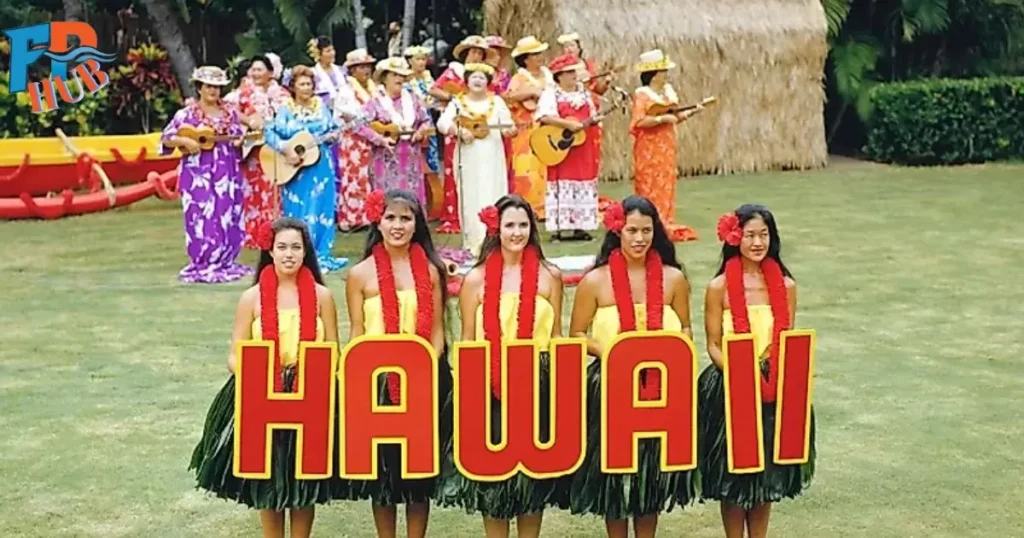
Hawaiian culture has a rich history. The early Hawaiian people were skilled farmers, fishermen, and sailors. They grew foods like taro, sweet potatoes, and bananas. Hawaiians were also great navigators and explored the vast Pacific Ocean in their canoes.
Their art included hula dancing, wood carving, featherwork, and weaving mats. Even today, Hawaiian traditions remain an important part of Hawaii. Modern Hawaiian culture blends both native and global influences. Traditional arts like hula dancing, chanting, and crafts keep ancient customs alive.
Families still come together for luaus featuring Hawaiian foods. Popular music styles like slack key guitar and contemporary Hawaiian music are enjoyed across the islands. Pidgin English mixed with Hawaiian words is commonly spoken.
The natural beauty of beaches and volcanoes also inspires modern art, surfing, and an environmentalist mentality. Aloha spirit and multicultural diversity now define the unique people of Hawaii.
Conclusion
While Hawaii has a distinct culture and history that is distinct from those of other states, it remains legally part of the United States as its 50th state. Some native Hawaiians continue to desire more sovereignty or independence, viewing the overthrow of the Hawaiian Kingdom and annexation by the U.S. as illegitimate.
However, as both a constitutional monarchy and a republic, Hawaii established governments that willingly engaged in treaties of annexation and voted for statehood. As a state, Hawaii is granted full representation in Congress and integrated into domestic U.S. systems while maintaining control over certain internal affairs like land use.
Going forward, Hawaii will likely remain a self-governing state within the U.S., with its tropical paradise attracting millions of annual visitors. Its people will preserve their native culture and traditions for generations to come within the state of Hawaii.
